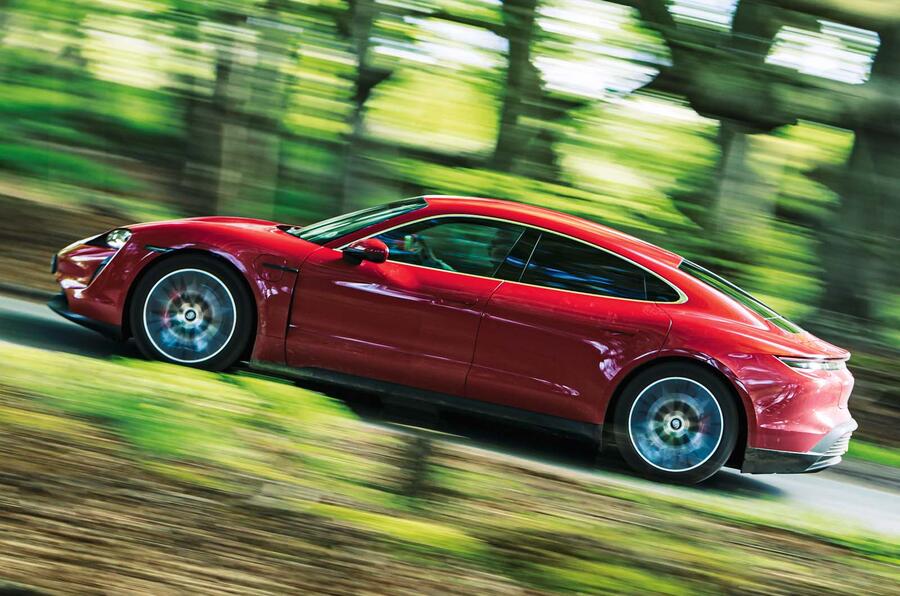The Importance of Aerodynamics in Car Design
When it comes to designing cars, even the smallest details can make a significant impact on performance. One such detail is the shape of the rear end, which plays a crucial role in aerodynamics. A rounded rear end promotes air swirling, creating little eddies that can cling to the body and add drag. Car designers go to great lengths to aerodynamically sculpt rear light clusters, showcasing the importance of even minor improvements in this area.
This focus on aerodynamics is especially important in electric vehicles (EVs), where efficiency is paramount. In EVs, aerodynamics play a larger role in overall efficiency compared to traditional internal combustion engine (ICE) cars. Increased drag not only adds to fuel costs but also extends charging time, making aerodynamic design a key consideration for EV manufacturers.

These aerodynamic considerations are exemplified by the design of the old Audi A2. While the A2 lacks some of the aerodynamic features found in modern cars, such as flush door handles and sculpted rear lights, practicality and regulations influenced its design choices. The A2’s door handles protrude, its windscreen wiper sits above the windscreen edge, and there is subtle body cladding present.
Despite potential efficiency gains from a larger spoiler or additional body cladding, Audi opted for a design that prioritized aesthetics and functionality. The A2’s hatch features a small lip spoiler that could have been more efficient if larger, but this could have compromised rear visibility and detracted from the car’s overall appearance.
While the A2 may not have incorporated all the aerodynamic features that modern cars do, it still stands as a testament to Audi’s commitment to technical innovation and efficiency. Today, car manufacturers are more inclined to prioritize aerodynamic enhancements, particularly in vehicles marketed for their technical prowess and eco-friendliness.
Overall, the design choices made by Audi with the A2 highlight the importance of aerodynamics in car design and the evolution of these considerations in the automotive industry.







